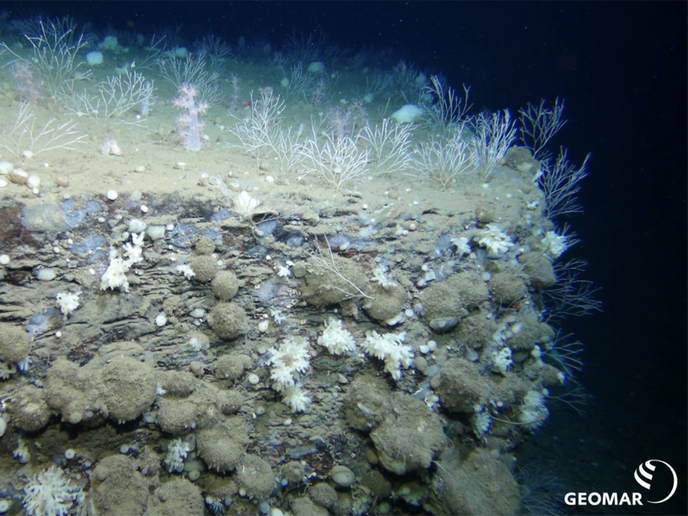Uncovering the hidden emissions of forest transitions
When it comes to climate change, nothing beats a forest. That’s because forests serve as a carbon sink, removing and storing vast amounts of CO2. In fact, it is estimated that forests remove nearly 3 billion tons of anthropogenic carbon every year – absorbing about 30 % of all CO2 emissions coming from fossil fuels and deforestation. Thus, it should come as no surprise that reforestation is a key tool in the fight against climate change. “Forest transitions, or the expansion of a forest after a long period of deforestation, are on the rise, particularly in industrialised countries,” says Simone Gingrich, a professor at Austria’s University of Natural Resources and Life Sciences, also known as BOKU University. While forest transitions have already resulted in declining rates of global net deforestation and have helped grow the carbon sink, is this transition ‘carbon-neutral’? This is the question asked by the EU-funded HEFT project. “The project introduces the idea of hidden emissions in forest transitions – the greenhouse gas emissions from the processes involved in reducing pressure on forests and enabling reforestation,” explains Gingrich, who served as the project coordinator.
The industrialisation of reforestation
According to Gingrich, hidden emissions may stem from such processes as substituting fuelwood with modern energy sources, the intensification of agriculture and land displacement. “We wanted to understand to what extent long-term forest recovery was connected to industrialisation processes in agriculture, energy use and international trade, and to which extent emissions from these processes jeopardise the climate-change mitigation effect of reforestation,” adds Gingrich. To do so, the project, which received support from the European Research Council, developed an innovative methodological framework for quantifying all greenhouse gas emissions and sinks caused by socio-metabolic and ecological processes during the course of forest transitions. Specifically, researchers looked at forest transitions happening at national and supranational scales in Europe, North America and South-East Asia.
Efficiency gains offset by increasing emissions
What researchers found was that forest transitions are in fact accompanied by increasing emissions, especially in the agriculture and energy sectors. However, at the same time, these transitions are characterised by significant efficiency gains across all sectors, from increased tree growth in the forestry sector to increasing production per unit emissions in agriculture and energy. “The issue with industrialisation as an enabling mechanism of forest transitions is not so much that emissions are displaced from forests to other sectors, but that industrialisation enables an unprecedented surge in resource use and emissions,” remarks Gingrich. Another key finding is that forest transitions across time and space are connected to changes in both forest uses and users – with agricultural practices being increasingly excluded from forests, and local populations benefiting less from forest resources. “These findings can guide us in identifying and implementing a new, climate-friendly and sustainable approach to forest transitions,” concludes Gingrich. Gingrich is currently working on a follow-up project on the industrialisation of Austrian forests, while several of the HEFT project’s PhD students have launched their own projects relating to sustainable land and forest use.
Keywords
HEFT, emissions, forest transitions, reforestation, climate change, forests, deforestation







